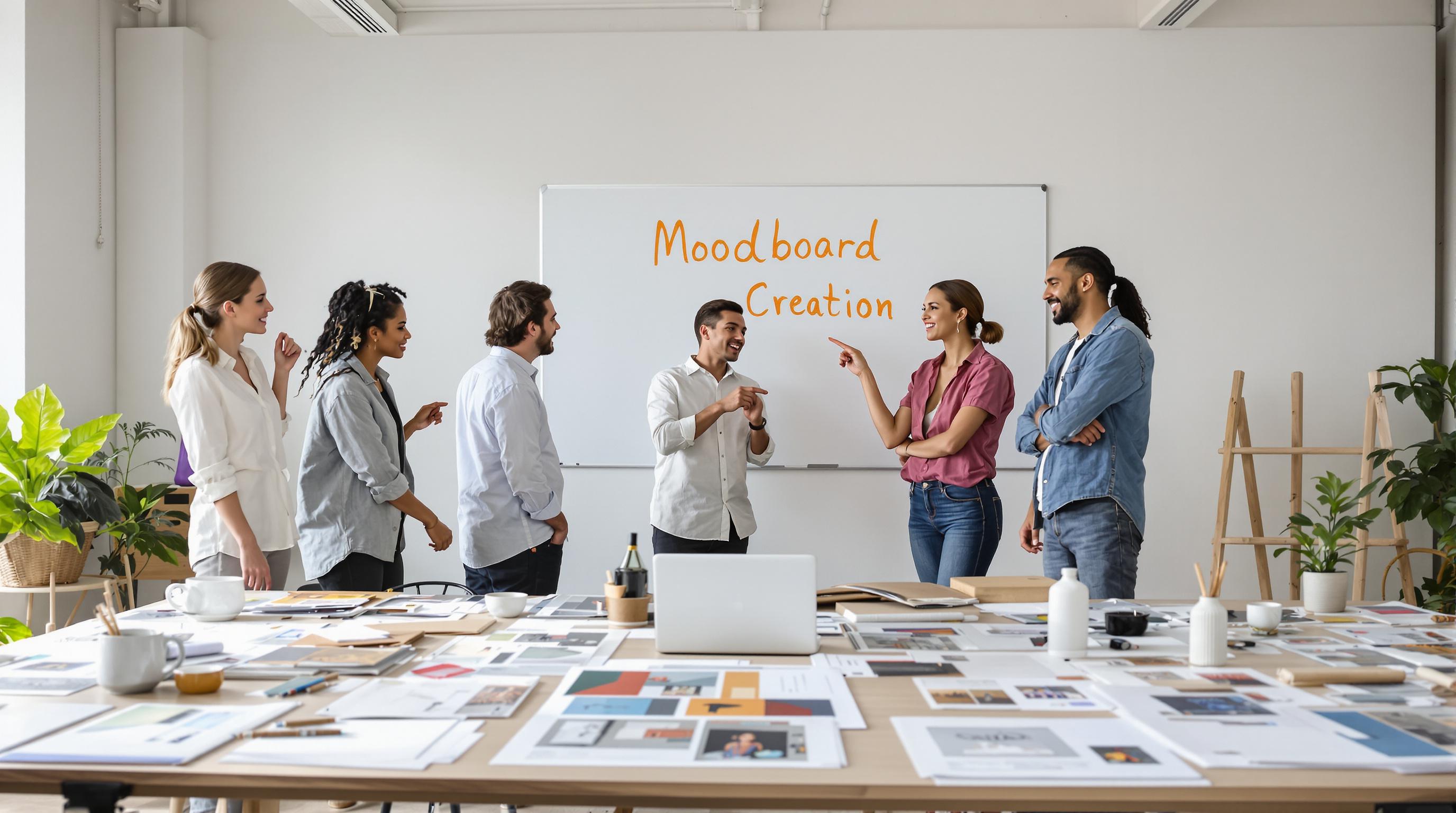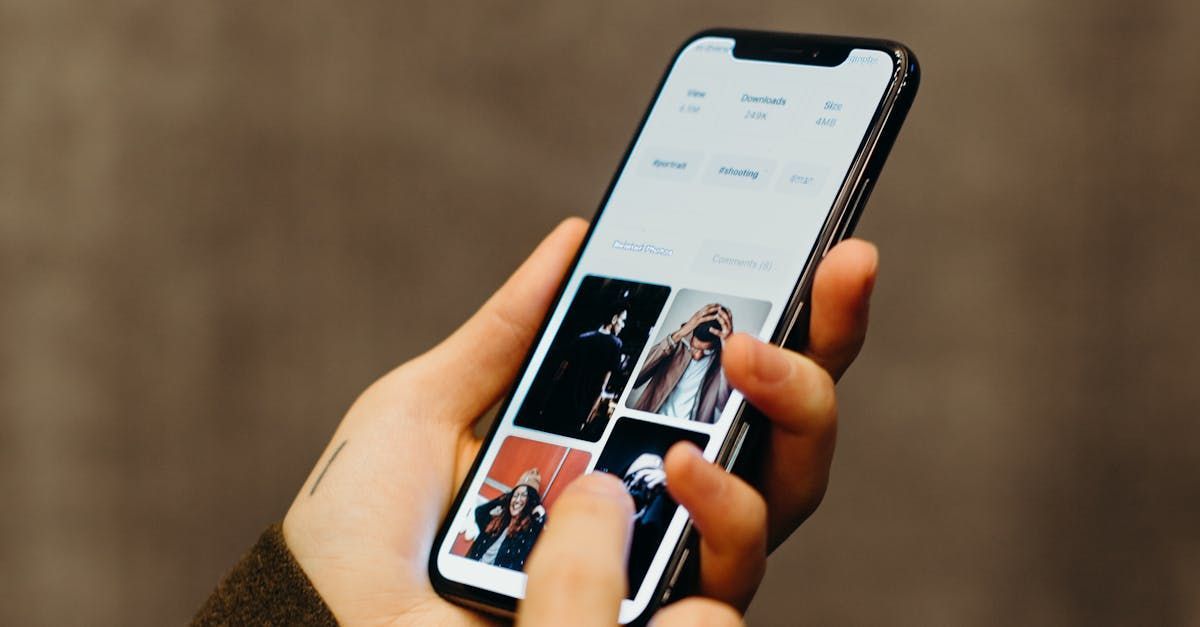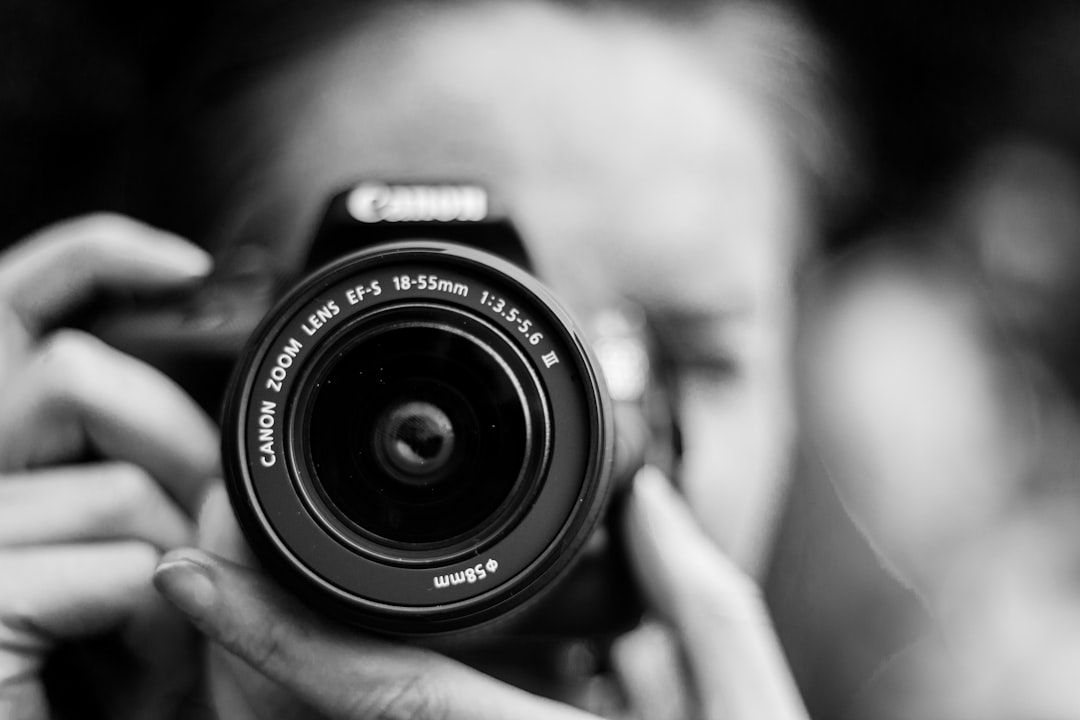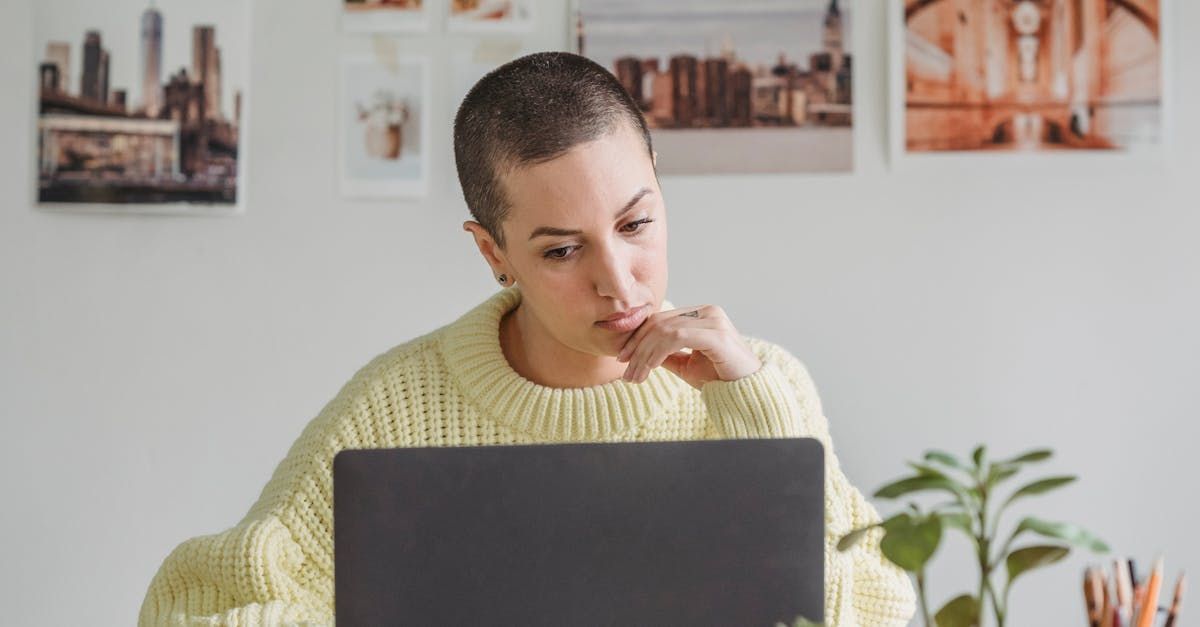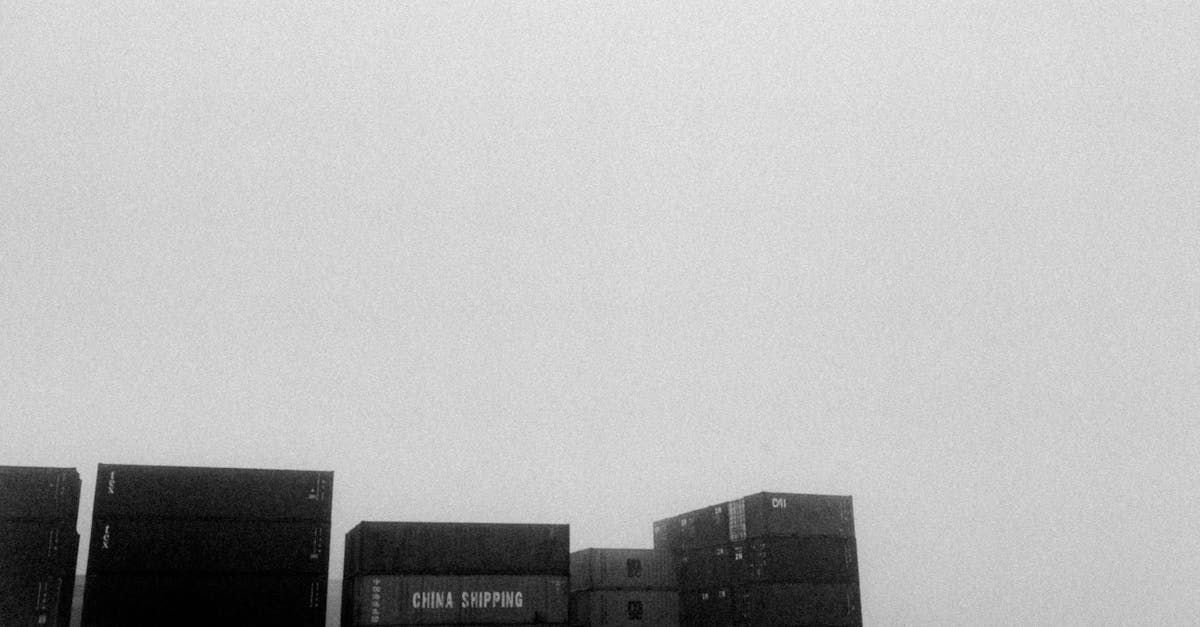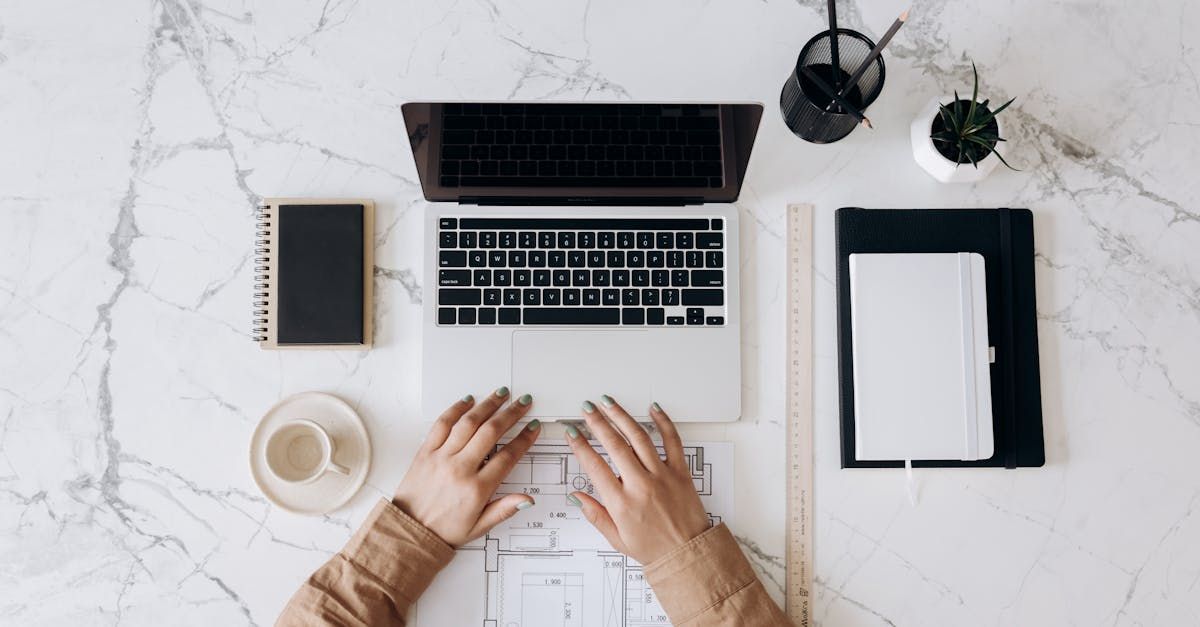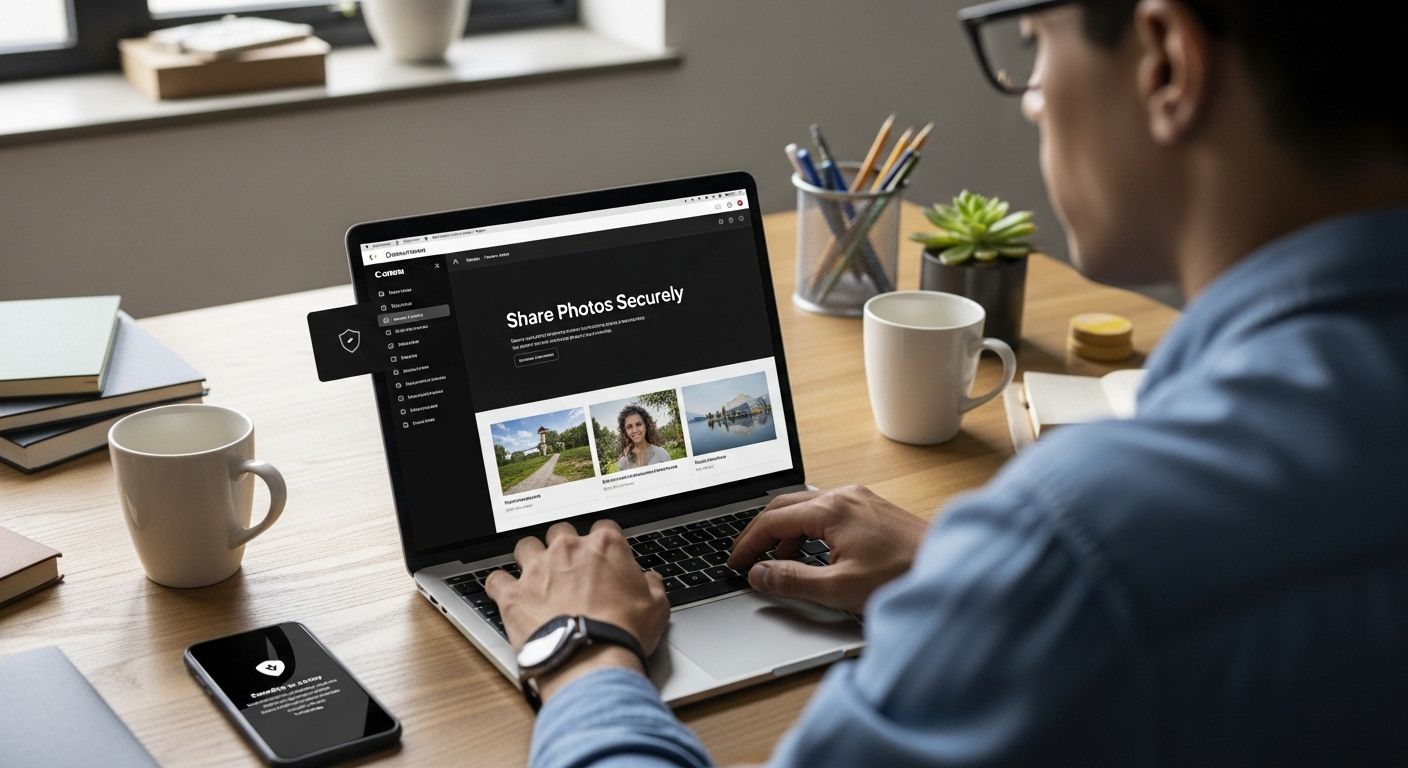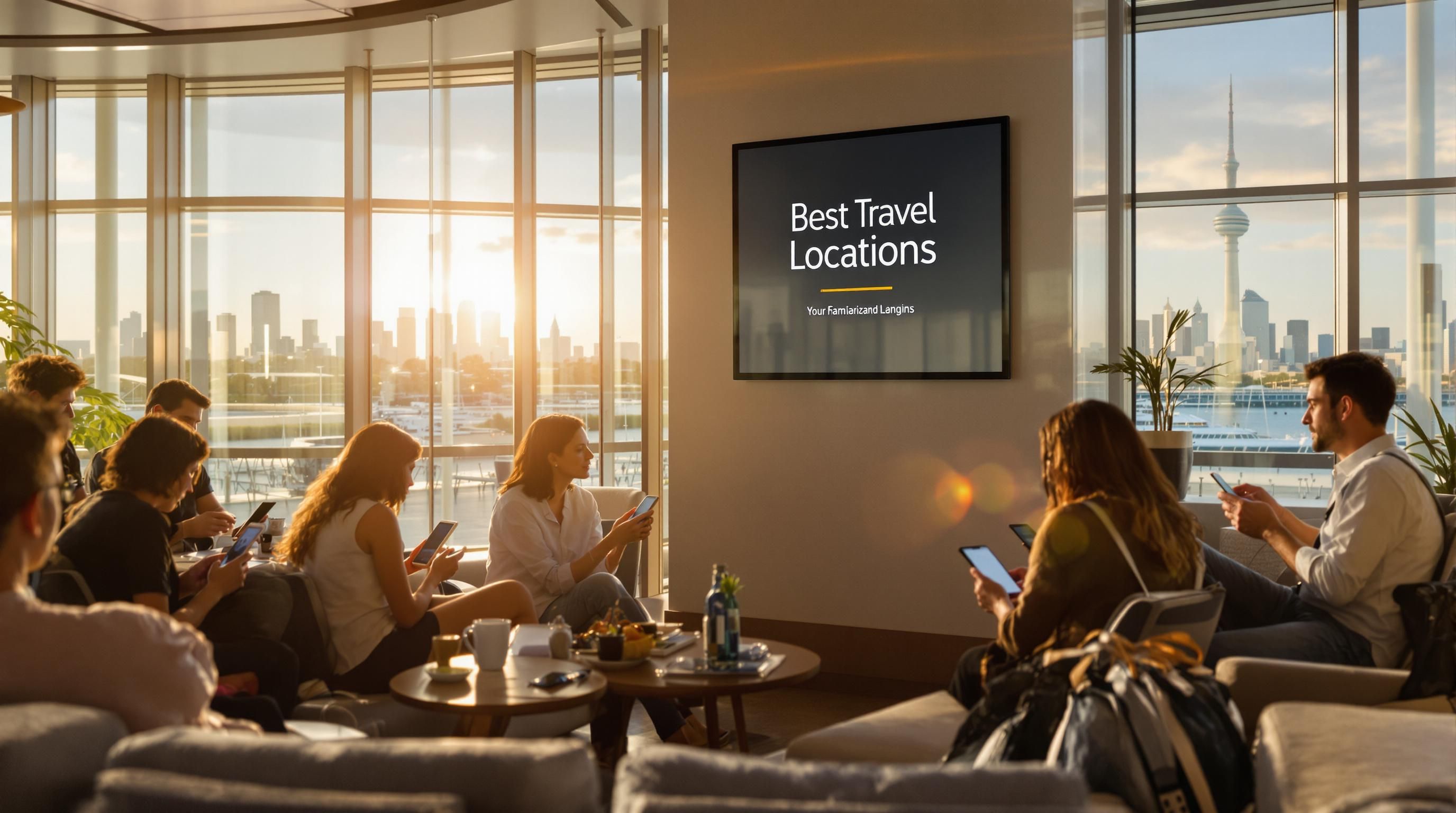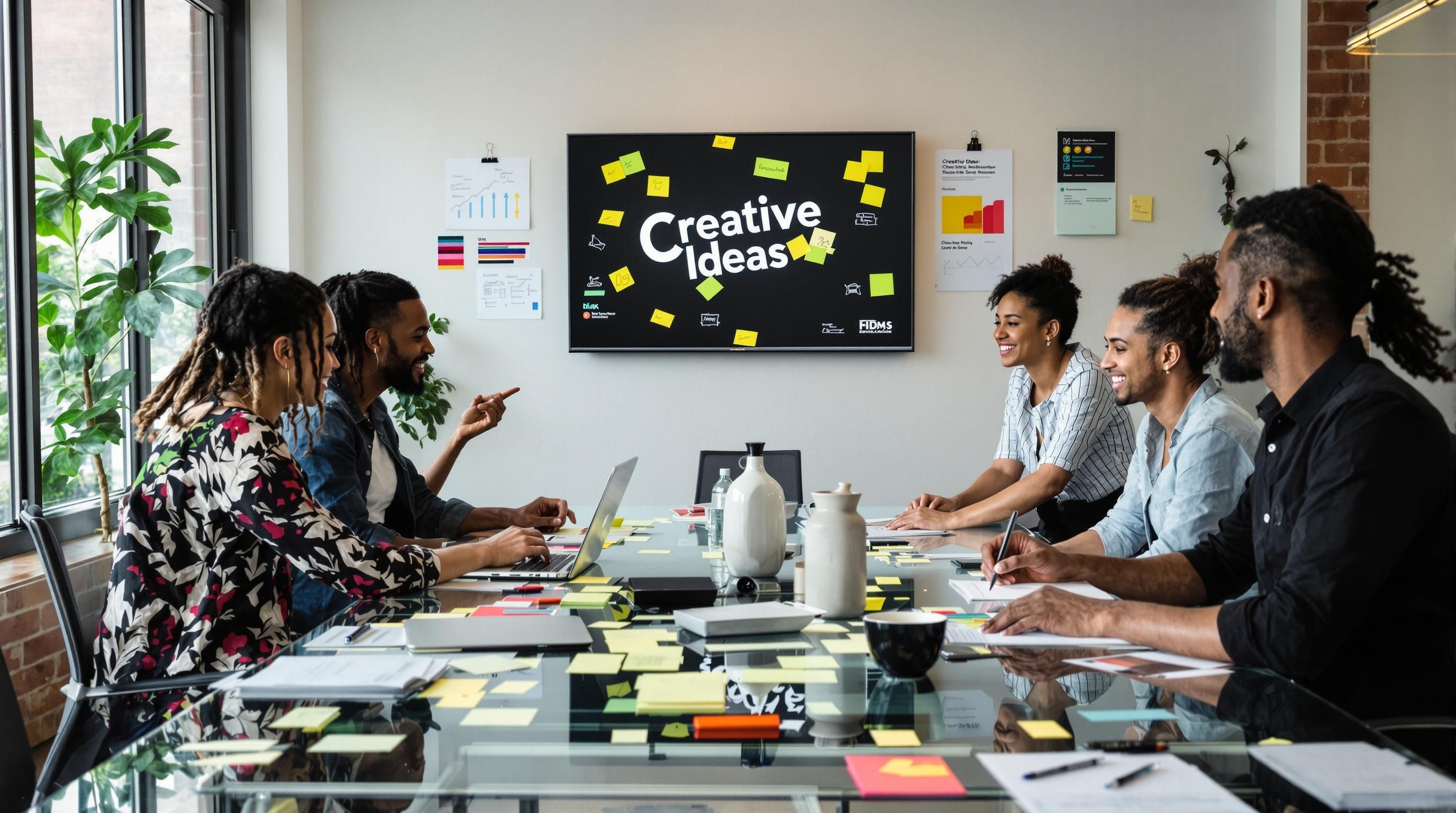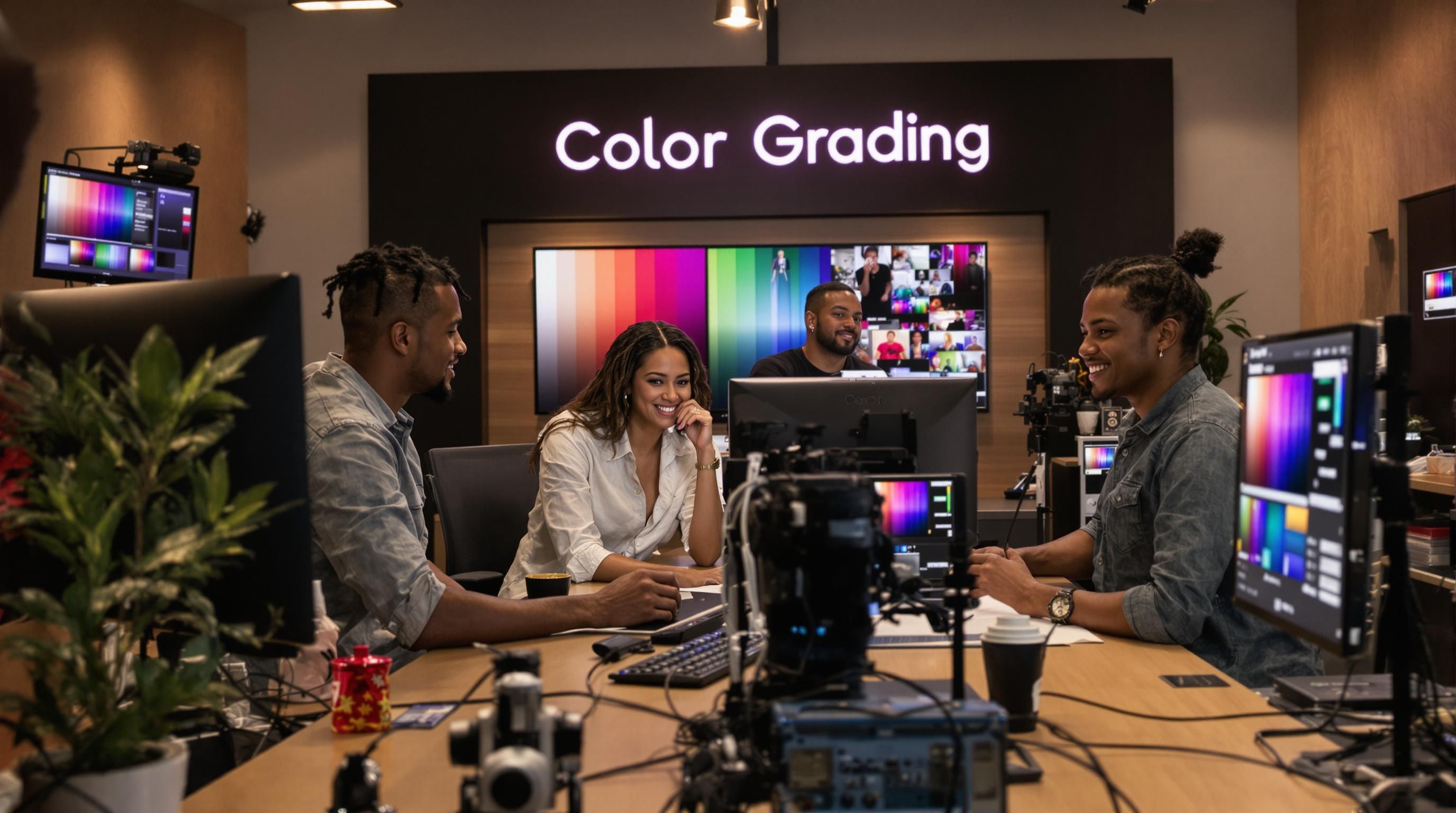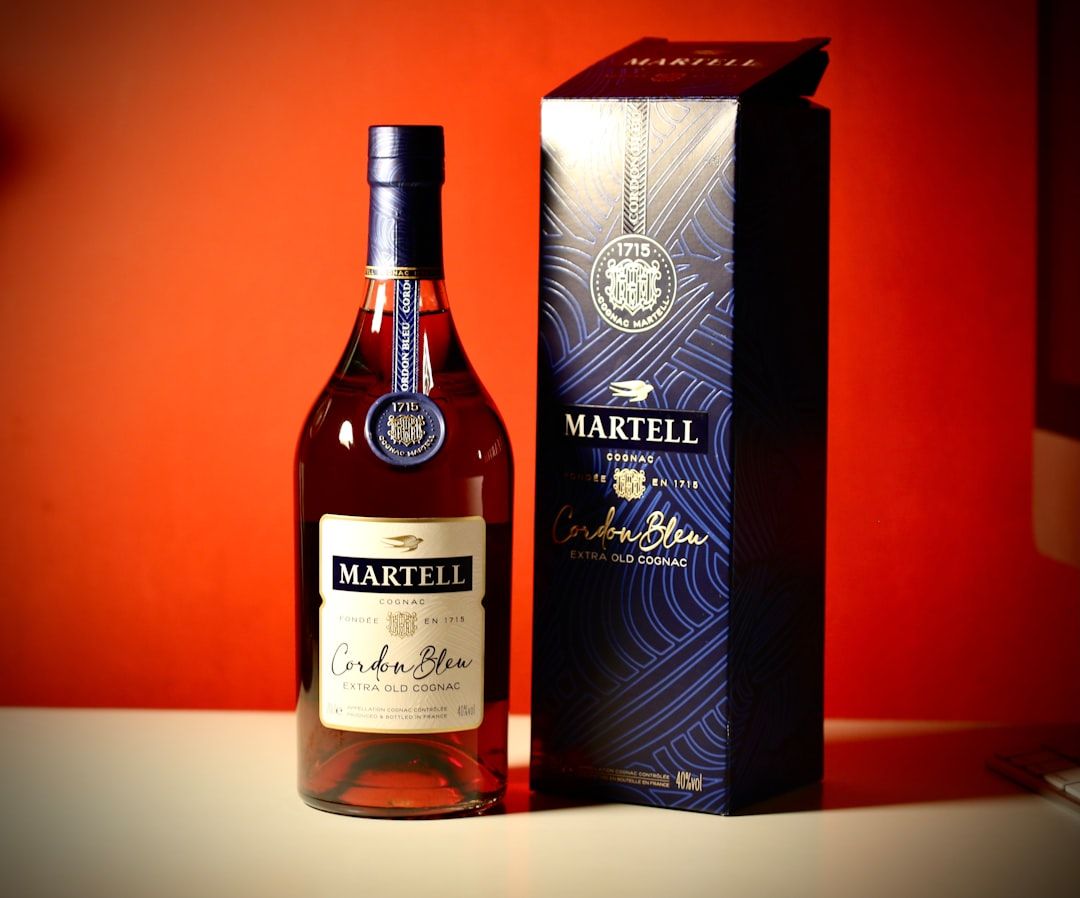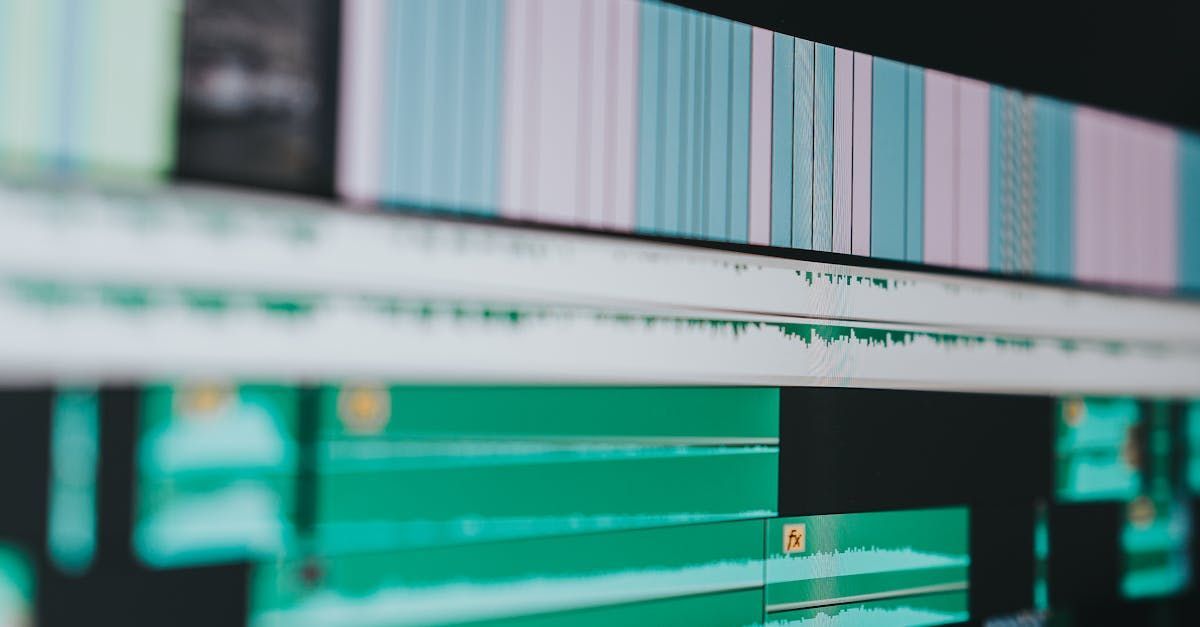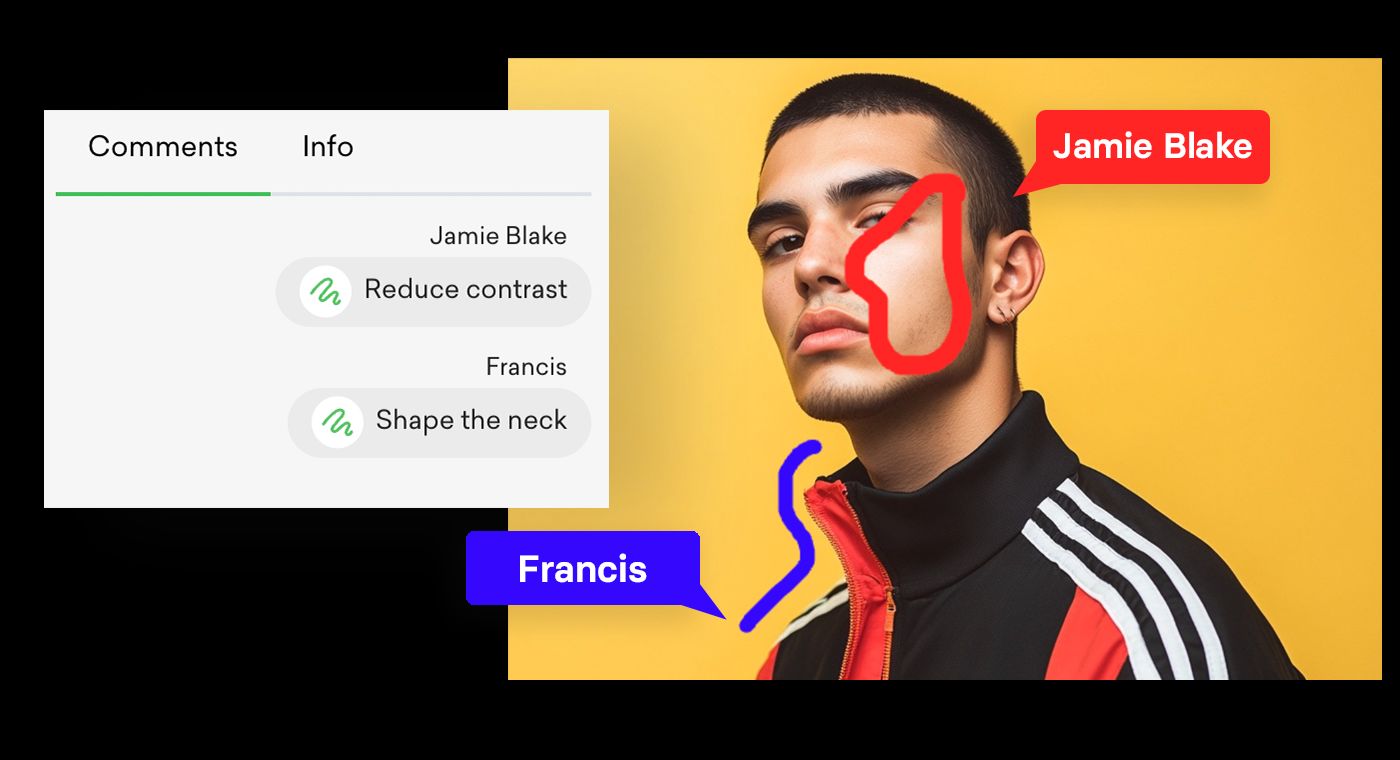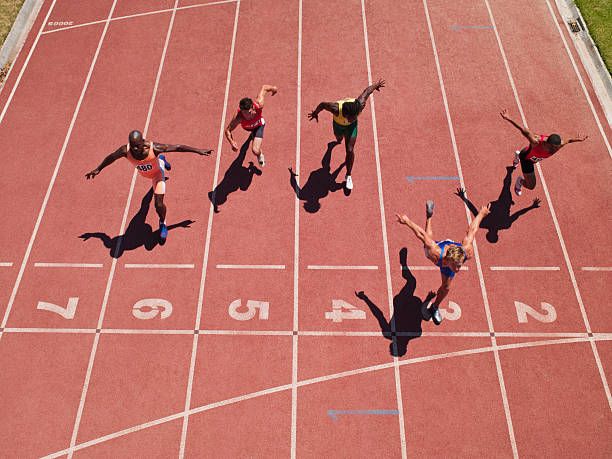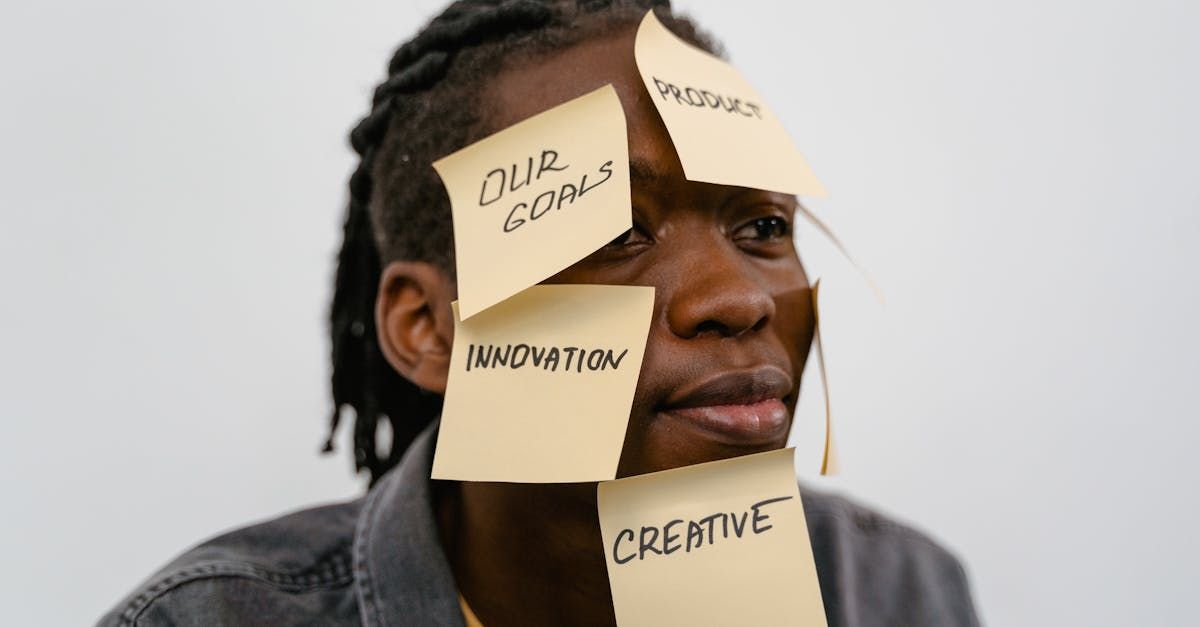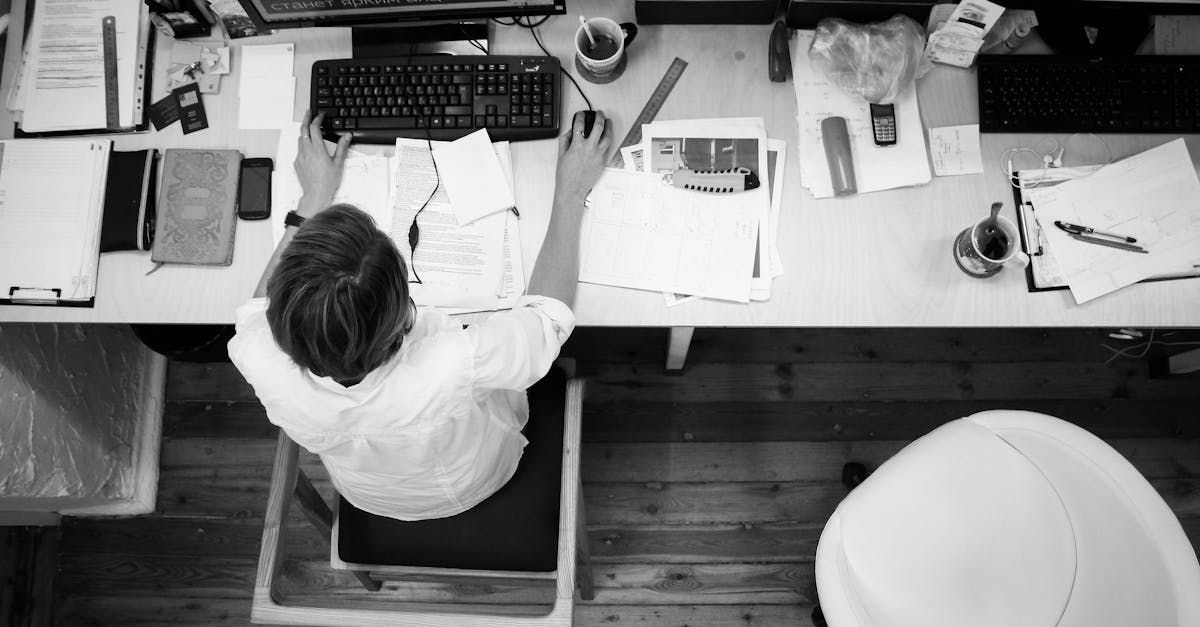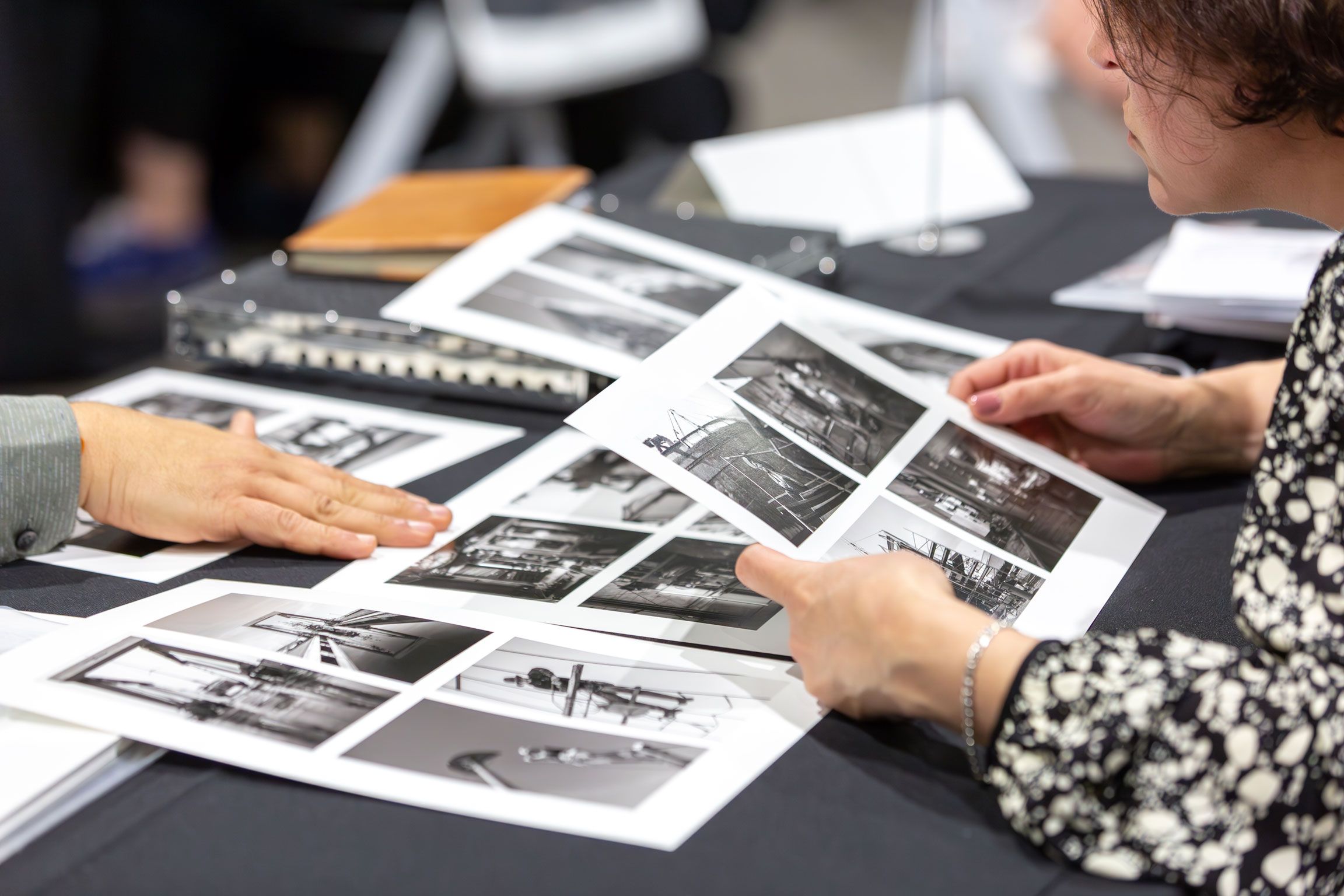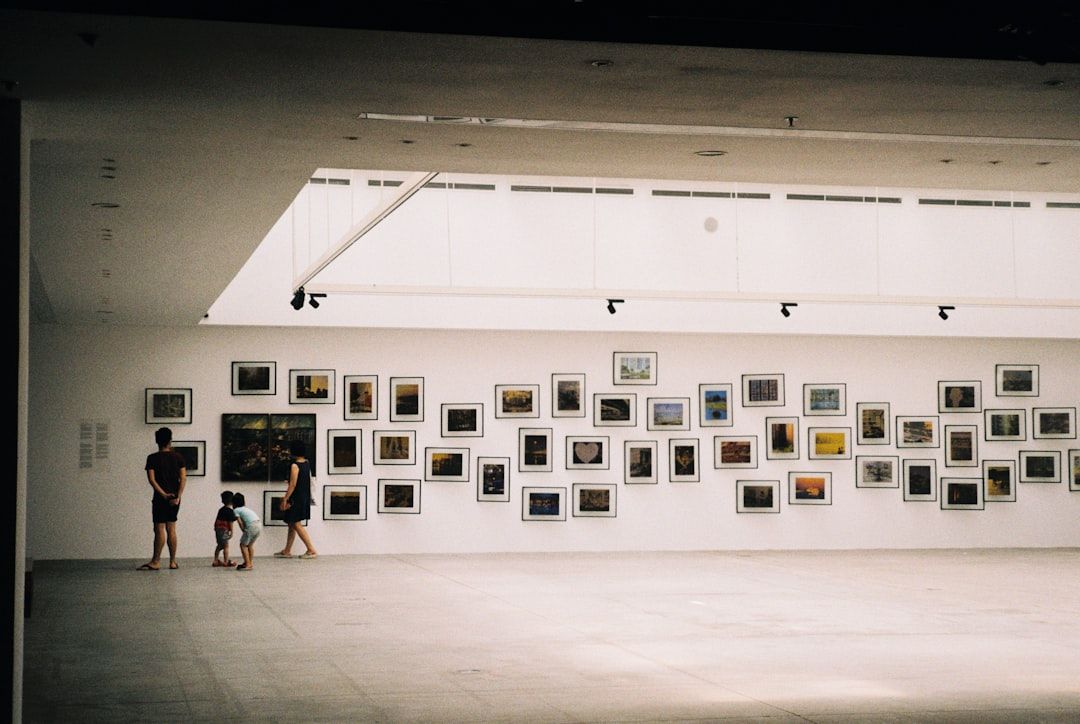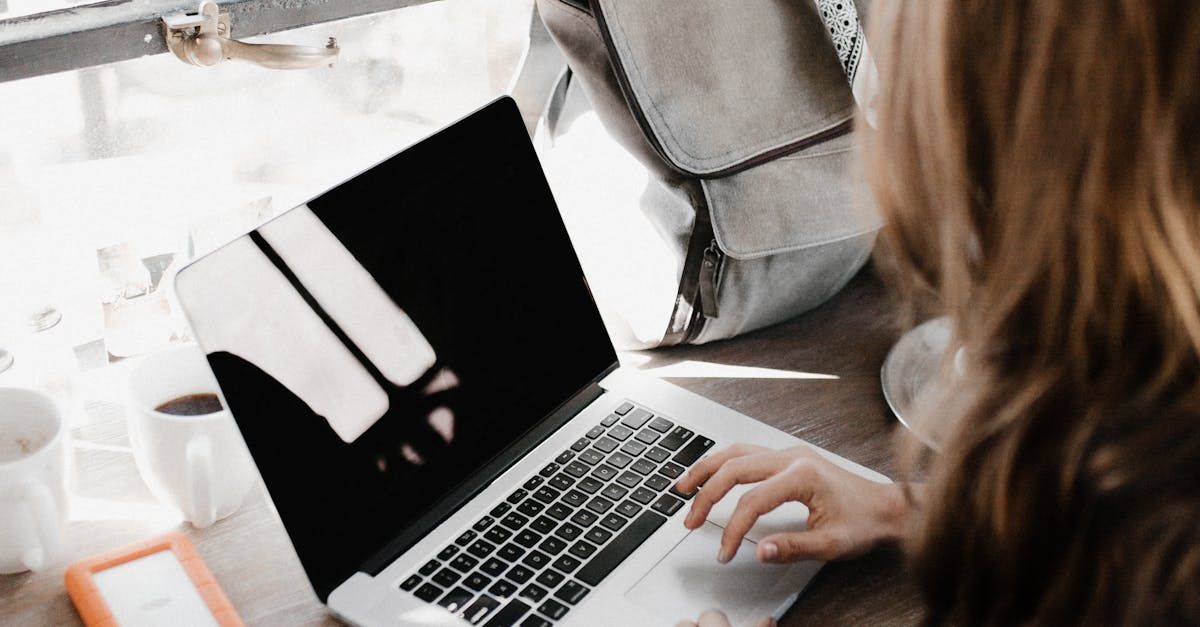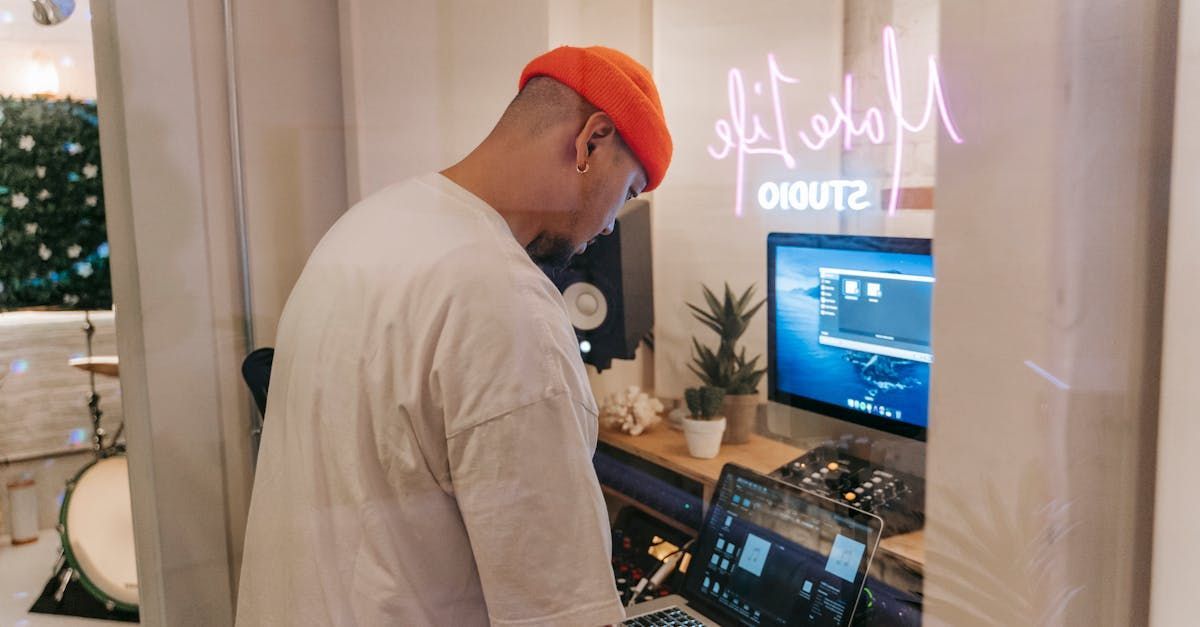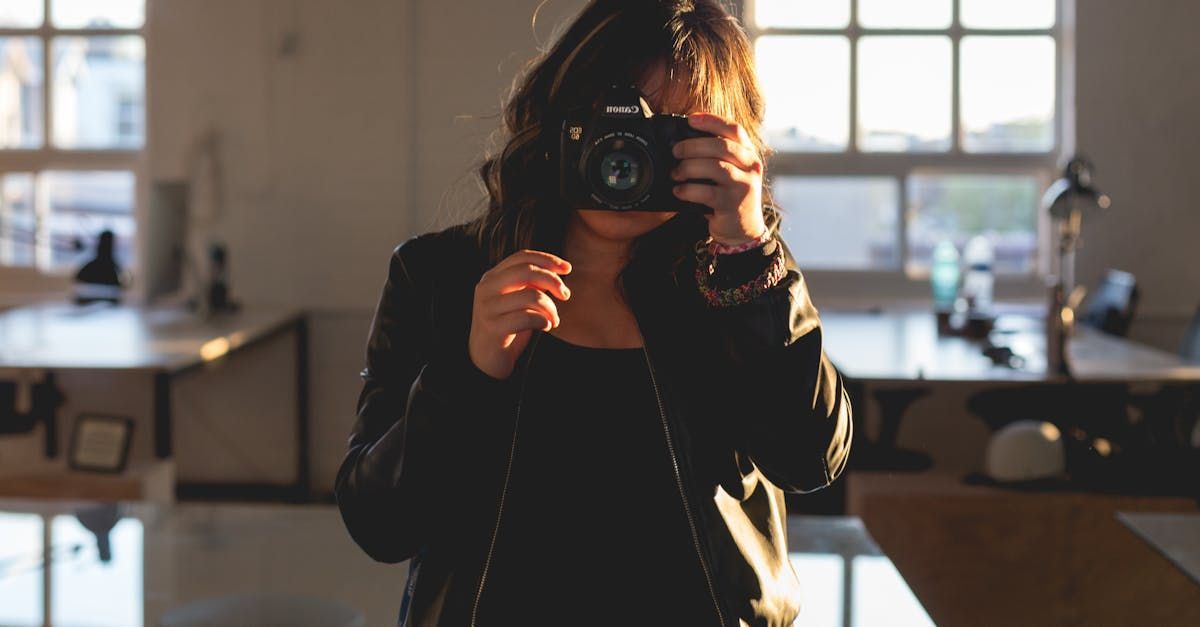Every creative project starts with a vision but turning that vision into a shared language is where many teams get stuck. Here is something that will surprise you. Professionals across design, fashion, and branding say moodboards can boost communication and project clarity by up to 75 percent. Most people treat moodboards as simple image collages yet the right technique can turn them into powerful guides that shape every detail of your work.
Table of Contents
- What Is A Moodboard And Why Use One
- How To Gather Inspiration And Visual Elements
- Step-By-Step Process To Create Moodboards
- Best Tools And Tips For Creative Moodboards
Quick Summary
| Takeaway | Explanation |
|---|---|
| Moodboards are essential visual communication tools | They help convey complex design concepts and establish a shared vision among team members and stakeholders. |
| Define project vision and scope before gathering visuals | Articulate project goals, emotional tone, and audience preferences to ensure collected elements serve a clear purpose. |
| Use diverse sources for visual inspiration | Explore digital platforms, print media, and real-world environments to create multilayered visual references. |
| Employ structured composition techniques | Arrange collected elements thoughtfully to create a cohesive visual narrative with clear hierarchies and balanced aesthetics. |
| Leverage both digital and physical moodboards | Use physical boards for tactile engagement and immediate visual impact, while employing digital tools for easy editing and sharing. |
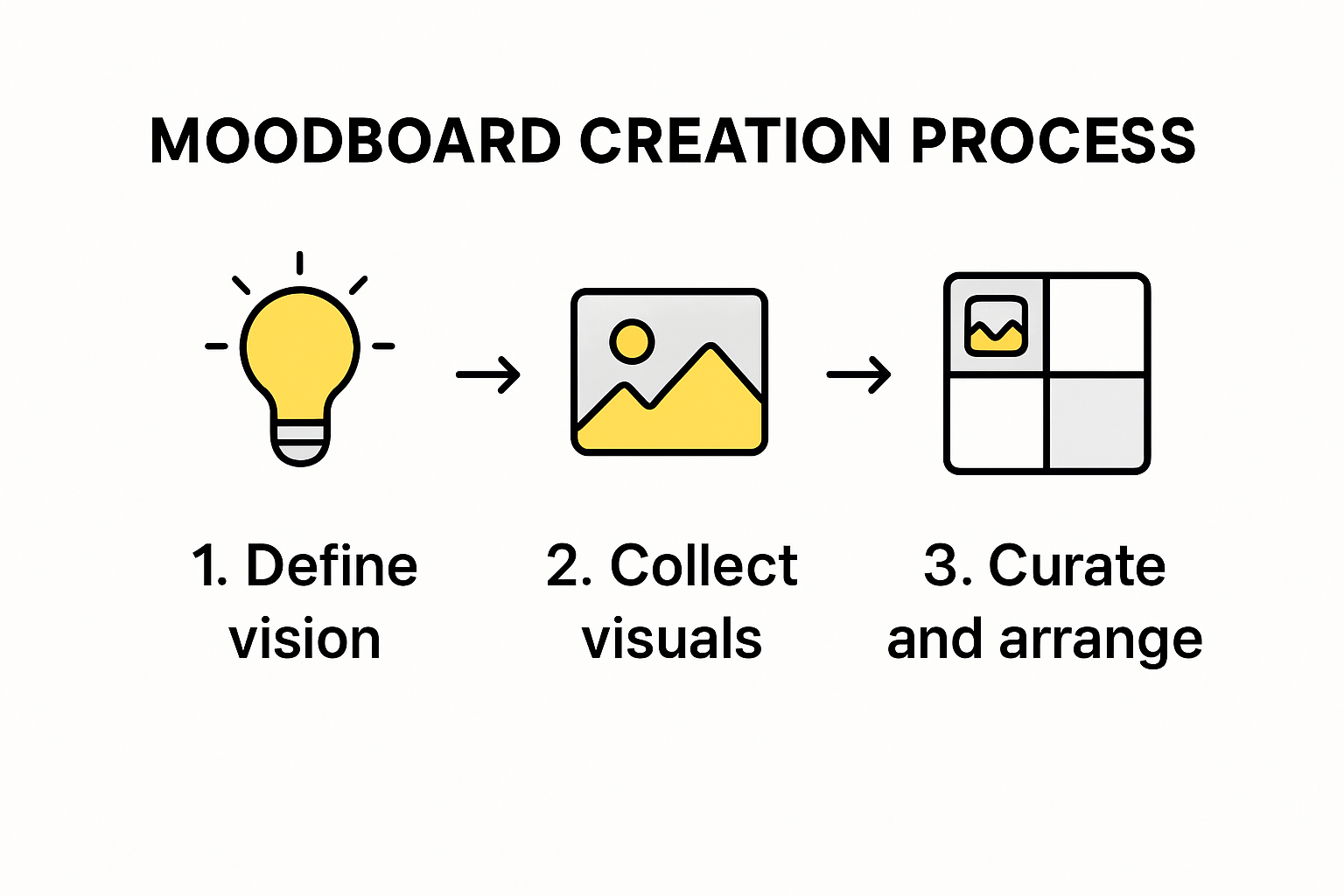 |
What is a Moodboard and Why Use One
Creative professionals rely on powerful visual communication tools to transform abstract concepts into tangible design directions. Moodboards represent one such instrumental resource that bridges imagination and execution across multiple creative disciplines.
The Fundamental Definition of a Moodboard
A moodboard is a curated visual composition that captures the aesthetic essence, emotional tone, and design direction of a project. According to AndAcademy, these collages combine images, colors, textures, typography, and design elements to convey a specific visual narrative and style.
Moodboards function as strategic communication tools that help designers, photographers, and creative teams articulate complex visual concepts quickly and effectively. They serve multiple purposes beyond simple inspiration gathering. By presenting a cohesive visual reference, moodboards enable professionals to:
- Align Team Vision: Create shared understanding among team members
- Client Communication: Translate abstract design concepts into concrete visual representations
- Project Direction: Establish a clear aesthetic framework before full project development
Purpose and Strategic Benefits
Creative professionals across industries utilize moodboards for precise visual communication. Wikipedia research reveals these tools are critical in graphic design, interior design, fashion, and multimedia production. They transcend mere aesthetic compilation, acting as strategic documents that:
- Communicate design intent without lengthy verbal explanations
- Provide a consistent reference point throughout project development
- Help stakeholders visualize potential design outcomes
- Facilitate collaborative decision making
In educational contexts, Research Gate studies demonstrate that moodboards are invaluable learning tools. They encourage students to explore complex design concepts, understand visual relationships, and develop sophisticated creative thinking skills.
Creating Effective Moodboards
Successful moodboards require intentional curation and strategic design. Professionals recommend selecting elements that collectively communicate a specific mood, style, or emotional response. This involves careful consideration of:
- Color palettes that evoke specific emotional responses
- Imagery that represents core design concepts
- Textures and patterns reflecting project aesthetics
- Typography that reinforces visual messaging
Whether used for brand identity development, interior design projects, or creative campaign planning, moodboards transform abstract ideas into visual blueprints. They provide a powerful method for translating creative vision into actionable design strategies, ensuring all stakeholders share a unified understanding of the project’s direction.
How to Gather Inspiration and Visual Elements
Creating compelling moodboards begins with a strategic approach to gathering visual inspiration. Creative professionals understand that the quality and diversity of collected elements can significantly impact the effectiveness of their design communication.
Defining Project Vision and Scope
Before diving into visual collection, professionals recommend establishing clear project parameters. According to MasterClass, this involves articulating specific project goals, target audience, and emotional tone you want to convey.
Key considerations during this initial phase include:
- Project Purpose: Identify the core objective of your design
- Emotional Landscape: Determine the feelings you want to evoke
- Audience Perspective: Understand the visual preferences of your target demographic
This foundational step ensures that every visual element you subsequently collect serves a deliberate purpose in your moodboard narrative.
Sourcing Diverse Visual Elements
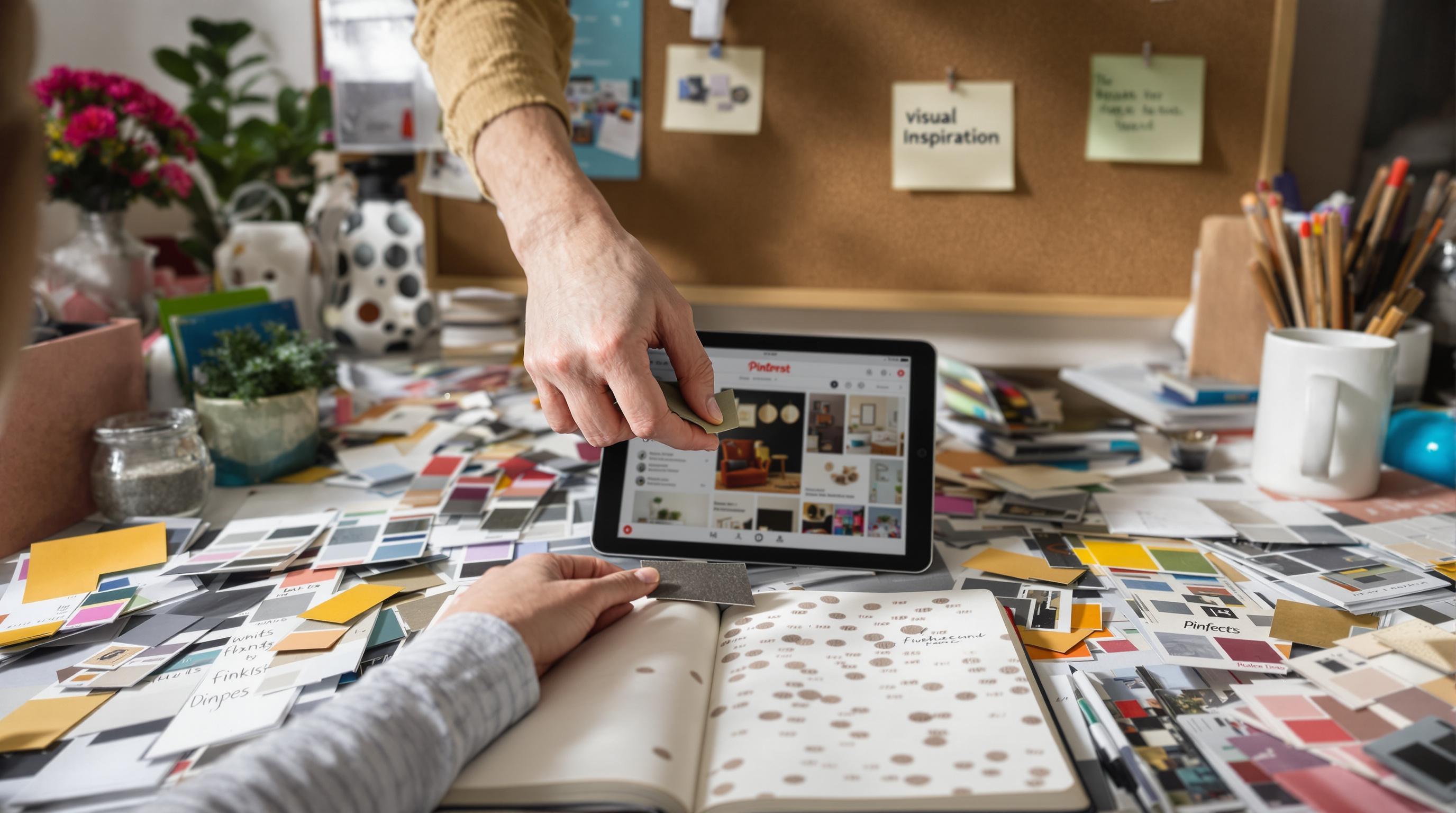
Successful inspiration gathering requires exploring multiple visual channels. MasterClass design experts recommend diversifying your sources to create rich, multilayered visual references:
- Digital Platforms: Utilize sites like Pinterest, Behance, and Instagram for curated visual content
- Print Resources: Explore magazines, art books, and design publications
- Physical Environments: Capture textures, color combinations, and design details from real-world settings
- Photography and Art Collections: Draw inspiration from professional portfolios and museum archives
Professional photographers and designers often recommend maintaining a consistent method for archiving discovered visual elements. Consider creating digital folders or physical mood journals to organize your collected inspirations systematically.
Curating and Organizing Visual Narratives
Collecting visual elements is only half the process. Effective moodboard creation requires thoughtful curation and strategic arrangement. Design experts suggest focusing on cohesion, ensuring each selected element contributes meaningfully to the overall visual story.
Curation strategies include:
- Analyzing color harmonies and complementary relationships
- Ensuring visual balance and aesthetic flow
- Removing elements that disrupt the intended mood
- Maintaining a clear connection between collected visuals
The art of moodboard creation lies not just in gathering beautiful images, but in constructing a compelling visual narrative that communicates complex design concepts efficiently. By approaching inspiration gathering as a deliberate, strategic process, creative professionals transform scattered visual references into powerful communication tools.
Step-by-Step Process to Create Moodboards
Below is a table summarizing the main steps and action points for creating a moodboard, offering a quick process overview for creatives.
| Stage | Main Actions |
|---|---|
| Conceptualization & Planning | Define mood using descriptive words; clarify project objectives and context |
| Collecting & Curating Visuals | Gather images/textures/colors from various sources; organize and archive materials |
| Composition & Final Arrangement | Arrange elements thoughtfully; balance hierarchy, color, and theme for cohesion |
Transforming visual inspiration into a cohesive moodboard requires a structured and intentional approach. Creative professionals rely on systematic methods to translate abstract concepts into compelling visual narratives.
Initial Conceptualization and Planning
The foundation of an effective moodboard begins with clear strategic planning. The Center for Architecture recommends starting by defining the project’s mood through descriptive language. This initial step involves identifying key emotional and aesthetic attributes that will guide your visual selection.
Professional designers suggest creating a preliminary framework by:
- Defining Mood Descriptors: Use precise adjectives like “minimalist,” “energetic,” or “sophisticated”
- Establishing Project Parameters: Clarify the specific context and objectives
- Creating a Conceptual Roadmap: Outline the visual journey you want to communicate
Collecting and Curating Visual Elements
University of the Arts London recommends a deliberate approach to gathering visual references. This stage involves collecting diverse materials without immediate commitment, allowing for flexible exploration and creative discovery.
Effective collection strategies include:
- Capturing images from multiple sources (digital platforms, print media, personal photography)
- Exploring diverse texture and material samples
- Selecting color palettes that align with project mood
- Maintaining visual consistency while preserving creative flexibility
Professionals advise documenting your collection process, creating digital or physical archives that can be easily referenced and modified throughout the project development.
Composition and Final Arrangement
The final stage of moodboard creation focuses on strategic composition and visual storytelling. This involves thoughtful arrangement of collected elements to create a cohesive and compelling visual narrative.
Key composition principles include:
- Balancing visual weight and scale of different elements
- Creating clear visual hierarchies
- Ensuring smooth transitions between different visual components
- Maintaining a consistent color and aesthetic theme
Digital tools and physical boards offer different advantages. Digital platforms provide flexibility and easy editing, while physical boards offer tactile engagement and immediate visual impact. Choose a medium that best supports your project’s communication goals.
Successful moodboards transcend mere image collection. They represent sophisticated visual communication tools that translate complex creative concepts into intuitive, engaging visual experiences. By following a structured approach and maintaining creative intentionality, designers can create powerful moodboards that effectively convey project vision and emotional resonance.
Best Tools and Tips for Creative Moodboards
Below is a table comparing the advantages of physical and digital moodboards, helping you choose the right approach for your project needs.
| Feature | Physical Moodboard | Digital Moodboard |
|---|---|---|
| Tactile Engagement | Yes | No |
| Immediate Visual Representation | Yes | Yes |
| Texture Exploration | Yes | No |
| Easy Editing | No | Yes |
| Sharing & Collaboration | Limited | Easy/Global |
| Storage Capacity | Limited | Unlimited |
| Technology Required | No | Yes |
Creative professionals understand that selecting the right tools and implementing strategic approaches can transform moodboard creation from a basic visual exercise into a powerful design communication method.
Digital Platforms and Software Solutions
Research from the Journal of Business Research highlights that digital tools are critical for establishing design references and aligning project vision. Modern designers have access to numerous digital platforms that streamline moodboard development:
- Adobe Creative Cloud: Offers comprehensive design integration
- Canva: User friendly with extensive template libraries
- Pinterest: Excellent for visual inspiration collection
- Milanote: Specialized for creative project organization
Each platform provides unique features that cater to different creative workflows. Professionals recommend exploring multiple tools to find the most suitable match for specific project requirements.
Physical vs Digital Moodboard Strategies
ResearchGate studies reveal that both physical and digital moodboards offer distinct advantages in design research. Creative professionals often blend approaches to maximize creative potential.
Physical Moodboard Advantages:
- Tactile engagement with materials
- Immediate visual representation
- Hands on texture and color exploration
- No technology dependency
Digital Moodboard Benefits:
- Easy sharing and collaboration
- Unlimited storage capacity
- Quick editing capabilities
- Global accessibility
Professional Tips for Exceptional Moodboards
Successful moodboard creation extends beyond tool selection. Experienced designers recommend several strategic approaches:
- Maintain visual consistency
- Create clear narrative flow
- Balance different visual elements
- Use high quality images
- Experiment with unexpected combinations
- Reflect project objectives through visual choices
Professionals emphasize that moodboards are more than aesthetic collections. They represent sophisticated communication tools that translate complex creative concepts into intuitive visual experiences. By combining technical proficiency with creative intuition, designers can develop compelling moodboards that effectively convey project vision and emotional resonance.
The key is not just selecting beautiful images, but crafting a cohesive visual story that communicates design intent with clarity and creativity. Whether working digitally or with physical materials, the fundamental goal remains transforming abstract ideas into tangible visual narratives.
Frequently Asked Questions
What is a moodboard and why is it important?
A moodboard is a curated visual composition that captures the aesthetic essence, emotional tone, and design direction of a project. It enhances communication among team members and stakeholders, helping to convey complex design concepts clearly and effectively.
How do I gather inspiration for my moodboard?
To gather inspiration, start by defining your project’s vision and scope. Explore a variety of sources, such as digital platforms like Pinterest and Behance, print media, and real-world environments to collect diverse visual elements that align with your project’s goals.
What are the steps to create a moodboard?
The steps to create a moodboard include: defining your project’s mood and objectives, collecting and curating visual elements from various sources, and arranging these elements thoughtfully to create a cohesive visual narrative that communicates your design intent.
What tools can I use to create moodboards?
You can use both digital and physical tools to create moodboards. Digital platforms like Adobe Creative Cloud, Canva, and Milanote offer editing flexibility and easy sharing, while physical moodboards allow for tactile engagement and immediate visual impact.
Bring Your Moodboard Vision to Life with Pikd
Tired of your carefully crafted moodboards getting lost in endless email chains or generic file folders? The article above explains how moodboards are essential for aligning creative teams and making concepts real. Yet many creatives hit a wall when it’s time to share and collaborate on high-quality visuals. You need a place where inspiration becomes production without missing a detail.

Experience what a modern workflow looks like. With Pikd, you can upload your curated assets, organize them into stunning galleries, and invite clients or teammates to comment and select their favorites—all in one spot. Control permissions, showcase your moodboard content with confidence, and export selections directly to your editing tools. Don’t let your ideas lose momentum. Try Pikd today and see how effortless creative collaboration can be.
